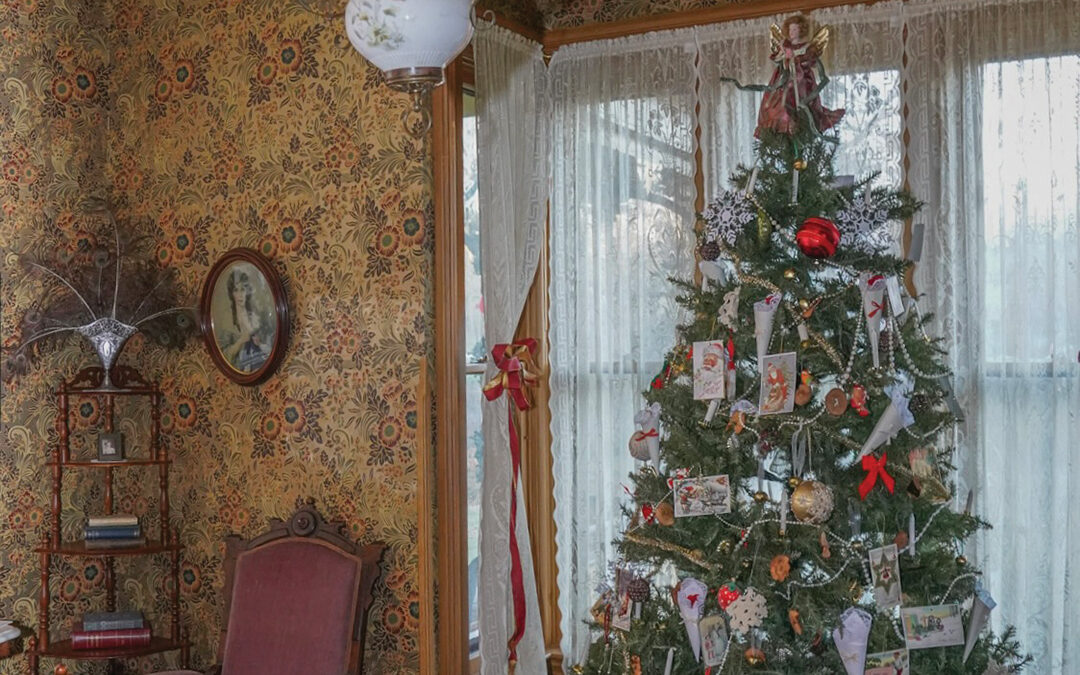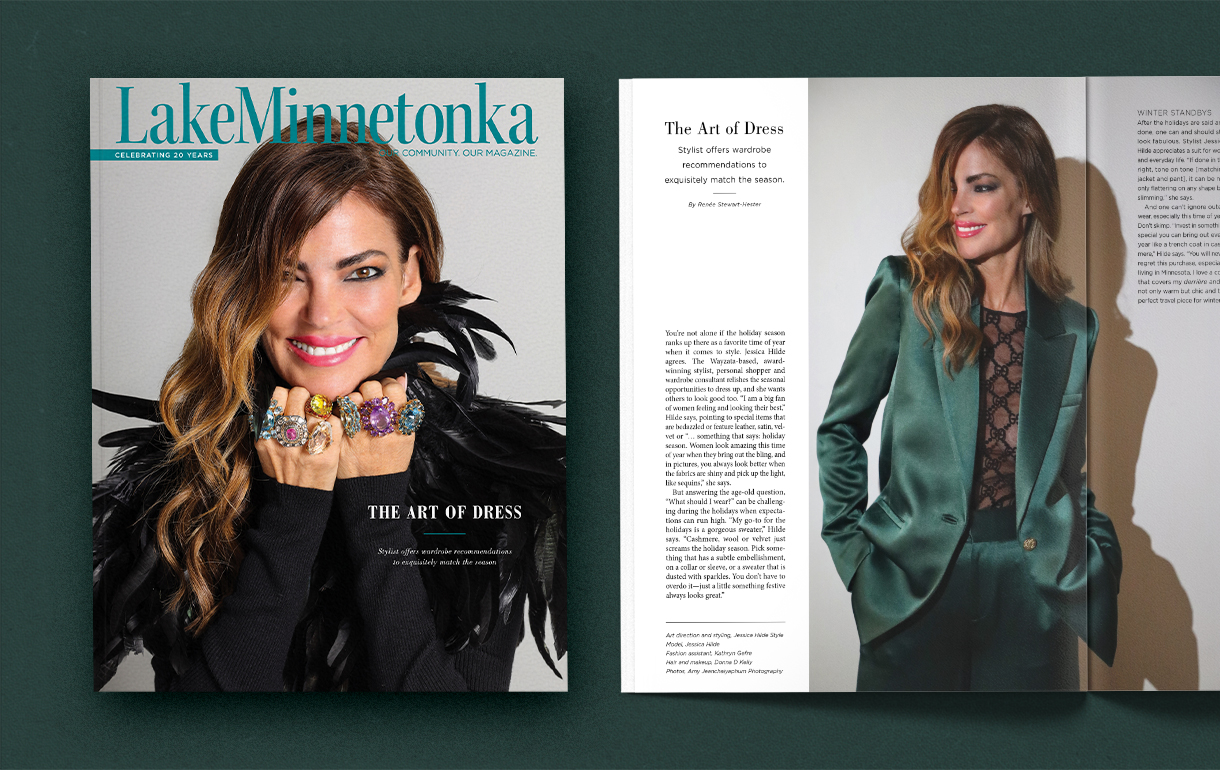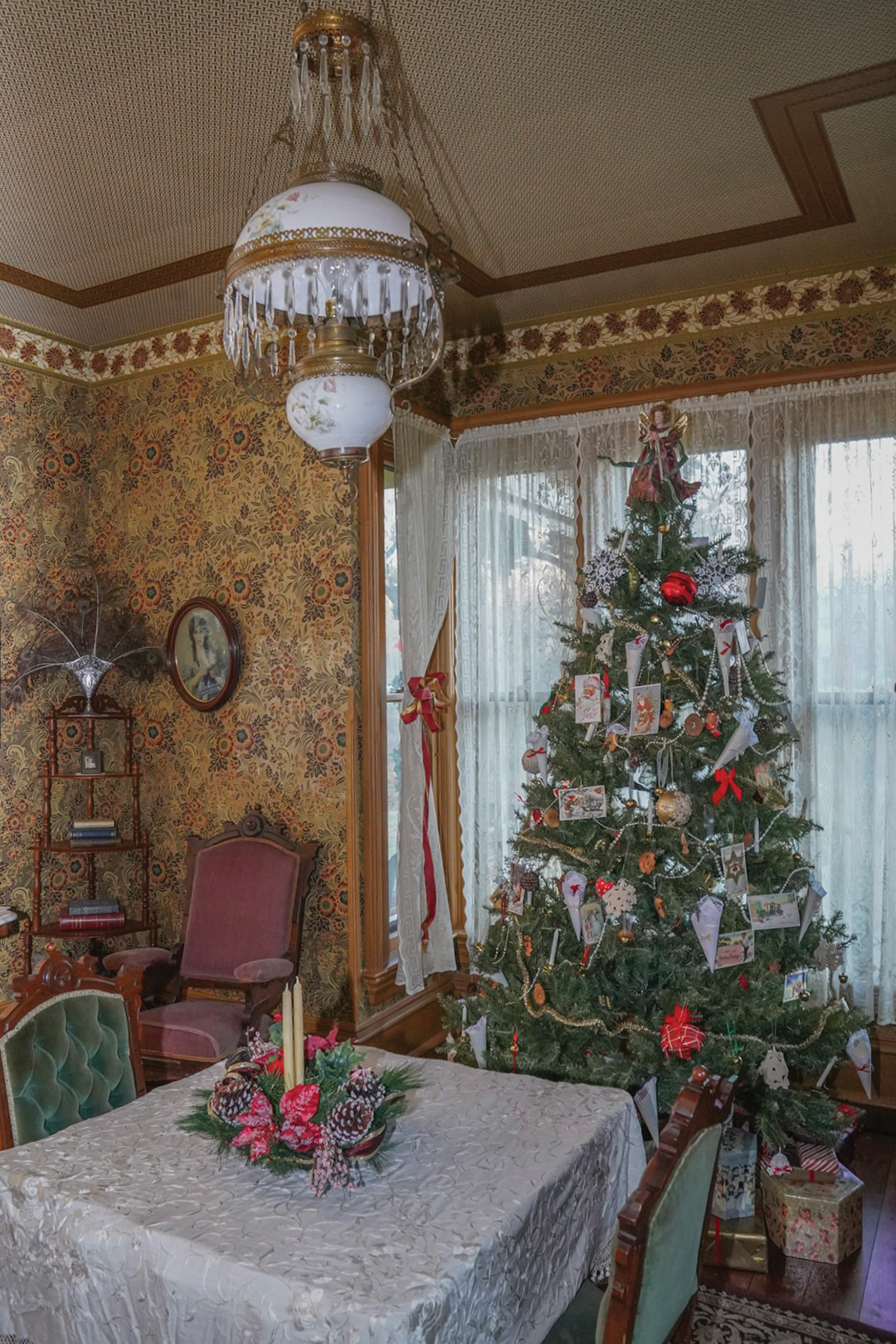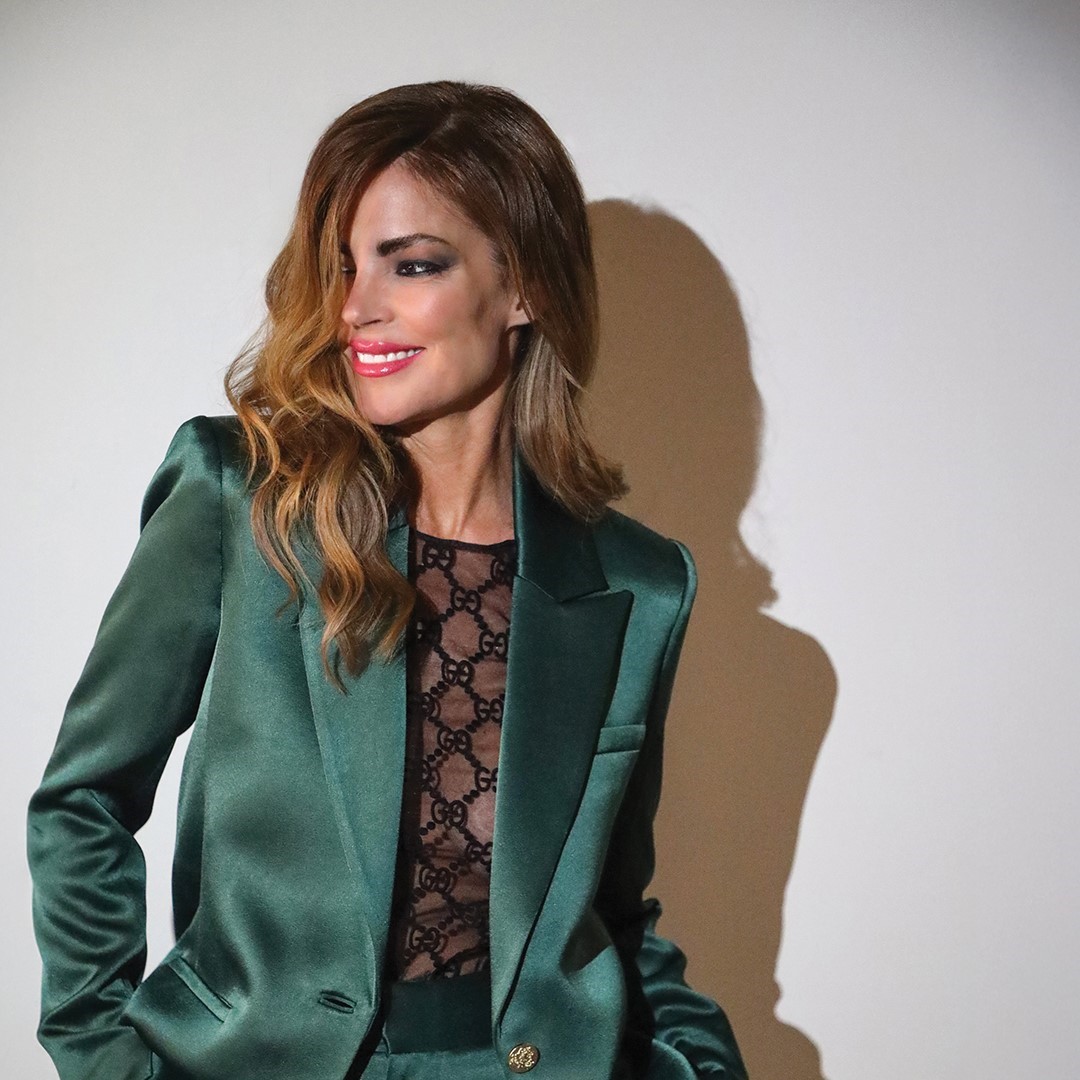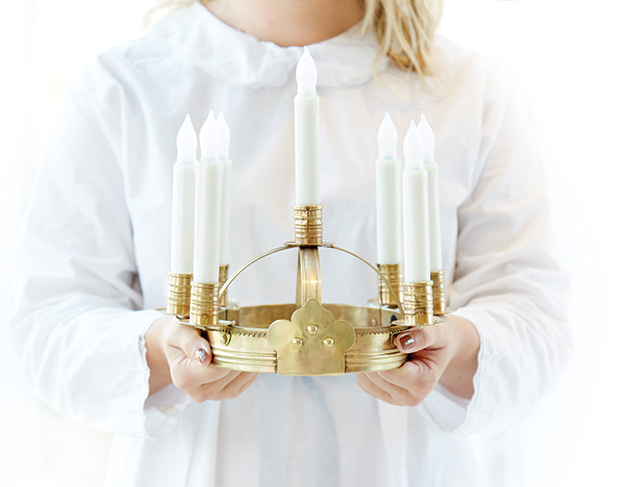
Photos: Tate Carlson
See how the Twin Cities community celebrates this Swedish folk holiday.
In Minnesota, long summer nights are sacred. We know we’ll miss them when winter rolls around with endless stretches of darkness. With a similar climate, it’s no surprise that Sweden has an annual tradition to alleviate the toll that a harsh winter can take.
December 13 marks St. Lucia’s Day, a Christian feast day in celebration of the 3rd-century martyr who, according to legend, brought food and aid to persecuted Christians hiding in catacombs, using a candle-lit wreath to light her way and leave her hands free. The timing coincides roughly with the shortest day of the year, so the holiday became especially popular in northern countries, as a celebration of light—and today is celebrated throughout Swedish communities from schools to nursing homes.
Closer to home, the American Swedish Institute in Minneapolis (ASI) has brought the light of Lucia to the Twin Cities. Each December, they hold two Lucia-themed concerts: Lucia in the Mansion and the Lucia Celebration concerts. The Lucia in the Mansion concert is open to members of the institute and takes place on the night of December 13 in the ASI’s home base, the historic Turnblad mansion.
“The experience is really rich,” says ASI program manager Britta Wahlstrom. “It’s a candlelit concert that uses the mansion as a beautiful backdrop.”
The Lucia Celebration concerts are held on December 14 at Larson Hall in the Nelson Cultural Center, the newer section of the institute located next to the mansion. Open to the public, the Celebration concerts feature the same music and roles, but run slightly longer than the mansion version.
The ASI’s choirs, made up of 75 singers, pay homage to Lucia through traditional Swedish and English songs. With participants ranging in age from kindergarten to seniors in high school, the pieces must accommodate a range of skills and patience.
However, a few selected choristers, typically age 16 and above, get to play the roles of Lucia, Lucia’s Attendants and Star Boys and have the opportunity to recite poetry and lead the rest of the choir in procession.
So, how does one get to be Lucia? At the ASI, individuals interested in special roles nominate themselves with an essay that demonstrates their interest in Sweden, Swedish-American culture and an understanding of the spirit of Lucia.
Preparations for the celebration begin months in advance as the ASI begins the call for participants in September, first to past participants and then to new families interested in the event. Then, rehearsals begin on the first Sunday in November. Each week, the children gather to learn the songs and work on their Swedish pronunciation, while the ASI works on preparing the costumes, from Lucia’s white robes to various elfin wardrobes.
Once December arrives, it’s time for the magic to begin. Though she typically listens to the concerts from a connecting room, Wahlstrom savors the feeling of community the celebration brings.
“I love seeing all these families come together,” she says. “We work to create a gathering place here at the ASI, and it’s such a fun tradition that people care about continuing. That’s the special thing for me, seeing these families and knowing they are choosing ASI as a place for them.”
Life with Lucia
Taking part in the Lucia concerts at the American Swedish Institute (ASI) is a yearly tradition for some local Lake Minnetonka families. Whether their interest in the holiday stems from a Swede in the immediate family or an ancestral connection, there’s lots to love about this holiday celebration. A few families share their experience with Lucia at ASI.
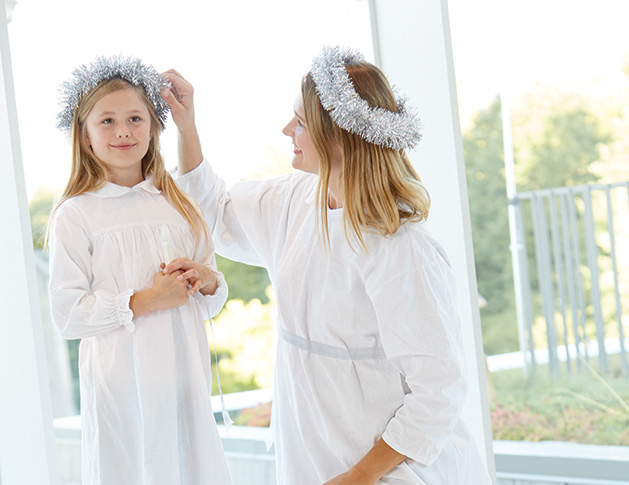
The Perkins Family, Wayzata
Fourth grader Nora Perkins has been involved in the Lucia concerts for the past five years, which has been significant for her mother, Ulrika, who hails from Sweden herself.
“I really like the atmosphere of the mansion; you can see so many emotions in the audience,” says Ulrika. “There’s a feeling of anticipation and people are clearly touched by the experience.”
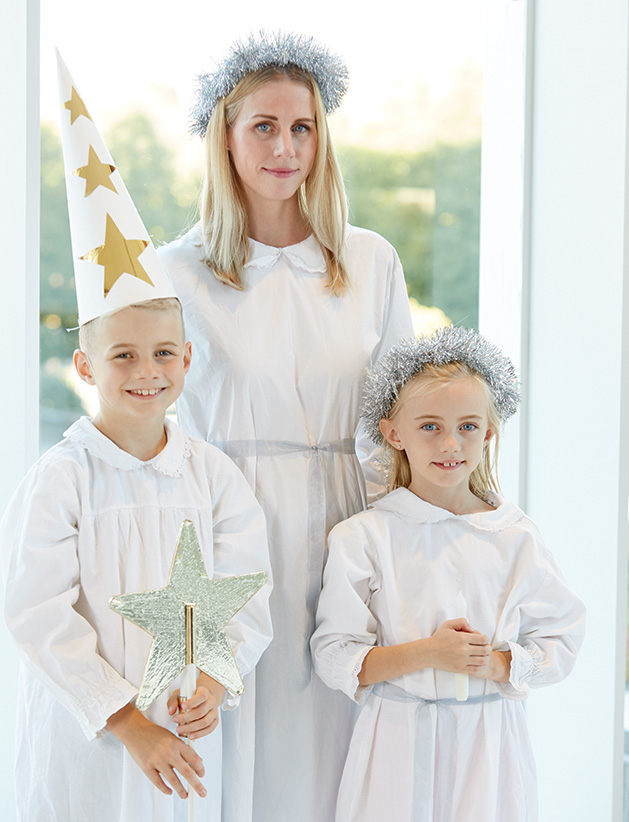
The Lundholm Family, Minnetonka
While Freya and Isaac Lundholm, ages 7 and 10, respectively, haven’t yet participated in the Lucia concerts at the ASI, their mother Lisa was part of the celebration herself at the U.S. Ambassador’s house in Stockholm.
“I worked at the embassy, so I sang in the Lucia choir, with the white robes and everything,” says Lisa.
The holiday is a special celebration in the Lundholm home, with candles and traditional baked goods like saffron buns and ginger cookies to warm up the dark winter months.
“Living in Sweden during the dark months of November and December, you really look forward to Lucia bringing the light back,” says Lisa. “The whole history is beautiful.”
The Cast
Lucia
The role of Lucia leads the choir procession and often recites a poem in Swedish.
Costume: A white robe with a red sash and a wreath of candles.
Lucia’s Attendants
Lucia’s attendants hold candles and follow Lucia in the procession.
Costume: White robes with garland crowns.
Star Boys
The Star boys follow Lucia and her attendants.
Costume: White robes, stars on sticks and pointy, paper cone hats.
Tomtar
Christmas elves clad in red, frequently played by the younger participants.
Pepparkakor
Children dressed in brown represent pepparkakor, the traditional Swedish ginger cookie made to celebrate Lucia.


